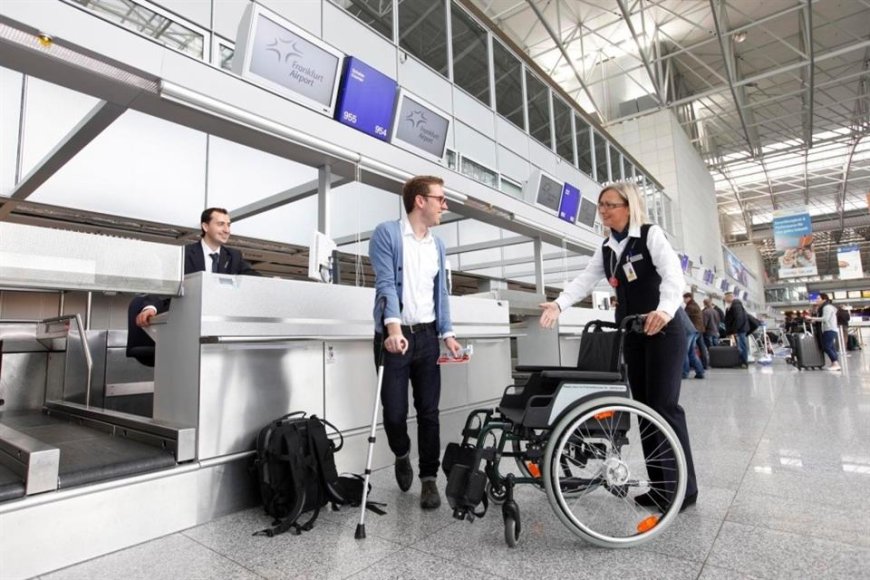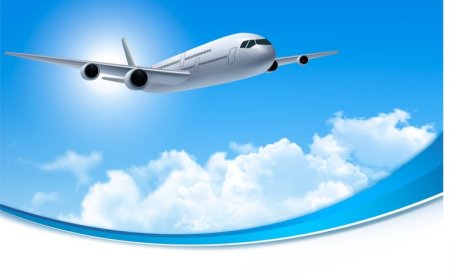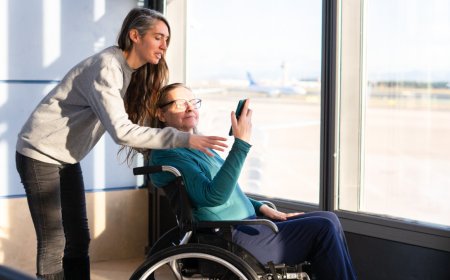AirAsia Wheelchair Assistance +1–888–839–0502

AirAsia, one of Asias leading low-cost carriers, is committed to making air travel inclusive and accessible to all passengers, including those with mobility challenges. Understanding that navigating airports and airplanes can be a significant hurdle for travelers with disabilities or reduced mobility, AirAsia offers a dedicated Wheelchair Assistance service. This service is designed to support passengers who require physical help from the moment they arrive at the airport until they reach their destination. Through careful coordination and trained staff, AirAsia Wheelchair Assistance aims to reduce the stress, physical effort, and logistical difficulties faced by many passengers during air travel.
What is AirAsia Wheelchair Assistance?
At its core, Wheelchair Assistance provides physical support and priority handling to passengers who need help moving around the airport or boarding the aircraft. This service includes wheelchair escorts to and from check-in counters, assistance through immigration and security checkpoints, help with boarding the aircraft, and support when disembarking at the destination airport. The goal is to provide a seamless travel experience, minimizing waiting times and physical strain, and ensuring that passengers feel safe and cared for throughout their journey.
How to Request AirAsia Wheelchair Assistance
Passengers can request Wheelchair Assistance at the time of booking their flight, which is highly recommended to ensure availability and smooth coordination. Alternatively, the service can be added later by accessing the Manage My Booking section on AirAsias official website or mobile app. The airline requires that the request for wheelchair assistance be made at least four hours before the scheduled flight departure to allow proper arrangements. When booking, passengers should provide clear details about their mobility needs, including whether they use their own wheelchair or require an aisle wheelchair for boarding. Its also important to mention any additional support needs, such as assistance with personal belongings or accompanying a caregiver. Having these details upfront helps AirAsia staff prepare and allocate the right resources.
Eligibility and Charges
Wheelchair Assistance is typically available to passengers with disabilities, seniors, or anyone who has difficulty walking long distances or standing for extended periods. In many cases, passengers who hold official disability identification cards, such as Malaysias OKU card, may receive this assistance free of charge. However, for other travelers requiring assistance, there may be a nominal fee depending on the flight route and type of service requested. Passengers are encouraged to carry relevant documentation when traveling, including disability identification or medical certificates, as this can facilitate smoother processing and may exempt them from service charges.
What the Service Includes
-
Priority Check-In: Passengers using AirAsia Wheelchair Assistance often receive priority check-in services, reducing wait times and ensuring a stress-free start to the journey.
-
Escort Through Airport Formalities: Dedicated staff accompany passengers through security screenings, immigration, and customs, helping to navigate potentially crowded and complex areas.
-
Boarding and Deplaning Support: Wheelchair attendants assist with boarding, providing aisle wheelchairs if necessary, and help passengers settle in their seats. Upon arrival, the process is reversed to ensure safe disembarkation.
-
Baggage Assistance: Some airports offer help with collecting and transporting checked luggage to meet passengers at the arrival gate or curbside.
Passenger Experiences and Reviews
Feedback from passengers who have used Wheelchair Assistance tends to vary but includes many positive accounts. Numerous travelers have shared stories of attentive and friendly staff who went out of their way to make their journeys easier. For example, passengers recovering from injuries or those with chronic mobility issues have reported feeling well cared for, describing the support as compassionate and efficient. The assistance helped them avoid long lines, navigate airport obstacles, and get to their flights without added stress. Many users emphasize that the presence of wheelchair attendants made a huge difference in their overall travel experience, especially when traveling alone. The ability to rely on trained personnel who understood their needs gave these passengers confidence and peace of mind. However, there have also been some less favorable reports, often related to inconsistency in service quality at different airports. Some travelers have mentioned delays in assistance or difficulties in communication with staff unfamiliar with proper wheelchair protocols. A highly publicized incident involved a paraplegic passenger who was forced to crawl through the airplane aisle after being charged for the use of an aisle wheelchair, sparking outrage and leading to a public apology from AirAsia. This event highlighted the challenges airlines face in standardizing accessibility services across multiple locations and staff teams.
Challenges and Areas for Improvement
While Wheelchair Assistance has been praised for its overall intent and several successful implementations, it faces challenges typical of many airlines providing similar services. One major challenge is ensuring consistent staff training across all airports served by AirAsia. Accessibility standards can vary significantly depending on local infrastructure and personnel, impacting service quality. Coordination at busy airports during peak travel times can also affect the timeliness and responsiveness of wheelchair assistance. Passengers have reported waiting longer than expected for help or encountering communication gaps regarding the status of their requests. Another issue is the cost and policy surrounding aisle wheelchairs. Since not all passengers may be aware that aisle wheelchairs (used to help passengers navigate narrow aircraft aisles) are sometimes subject to additional charges, misunderstandings can occur, leading to uncomfortable situations.
Tips for Travelers Using AirAsia Wheelchair Assistance
To ensure the best possible experience with Wheelchair Assistance, travelers should consider the following tips:
-
Book Early: Request wheelchair assistance as soon as the flight is booked, or at least four hours before departure, to give the airline sufficient time to prepare.
-
Provide Clear Details: Be specific about the type of assistance needed, whether its a standard wheelchair, an aisle wheelchair, or additional support for luggage or accompanying caregivers.
-
Carry Documentation: Bring any relevant disability identification or medical documentation to avoid delays and potential service charges.
-
Arrive Early: Arriving well before the flight departure time allows staff to organize assistance without rushing, ensuring a smoother process.
-
Communicate Your Needs: If traveling with a companion or caregiver, inform the airline to coordinate their involvement as well.
-
Follow Up: Contact AirAsia customer service ahead of time if you have any concerns or need confirmation of assistance arrangements.
The Importance of Accessible Air Travel
Providing reliable wheelchair assistance is essential not only for complying with accessibility regulations but also for fostering a travel environment that respects the dignity and independence of passengers with disabilities. AirAsias commitment to offering this service reflects the growing awareness and demand for inclusive travel options in Asia and worldwide. As more people with mobility challenges seek to explore new destinations, airlines like AirAsia play a crucial role in breaking down barriers. Effective wheelchair assistance not only improves individual travel experiences but also encourages greater participation in tourism and business travel by disabled individuals.
Conclusion
Wheelchair Assistance is a valuable service that supports passengers with mobility needs by offering priority and personalized help throughout their airport and flight journey. While the service generally receives positive feedback for its compassionate and helpful staff, inconsistencies in service quality at some airports highlight the need for ongoing improvements. By booking in advance, providing clear information, and communicating openly with airline staff, travelers can maximize the benefits of this assistance and enjoy a more comfortable and accessible flight experience. AirAsias efforts to enhance wheelchair assistance contribute to a more inclusive travel environment, helping to ensure that all passengers have the opportunity to travel safely, comfortably, and with dignity.









































